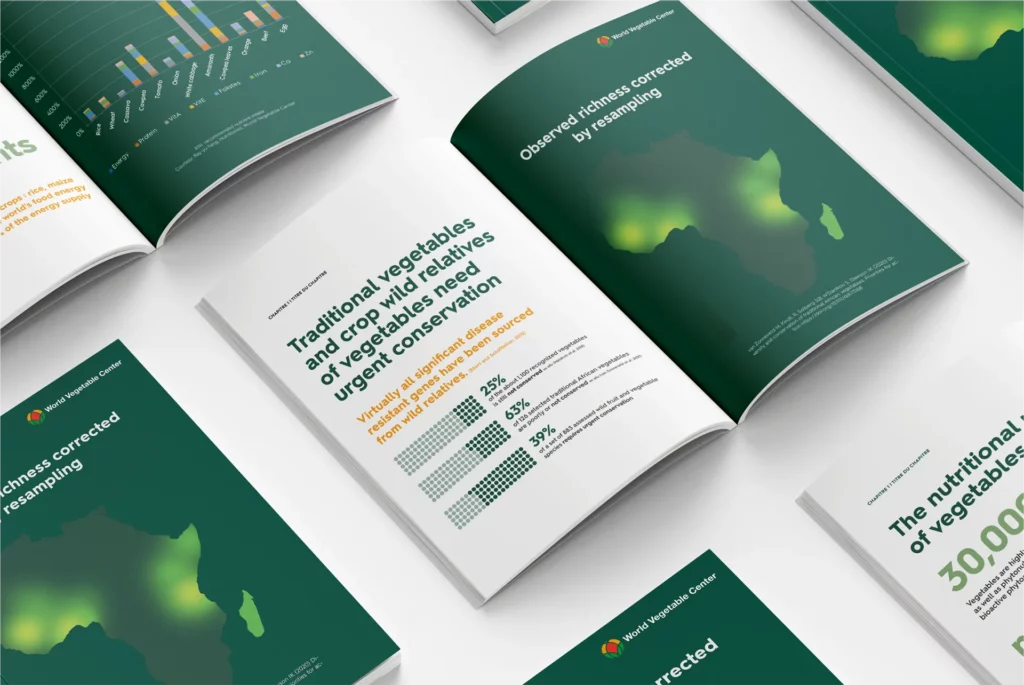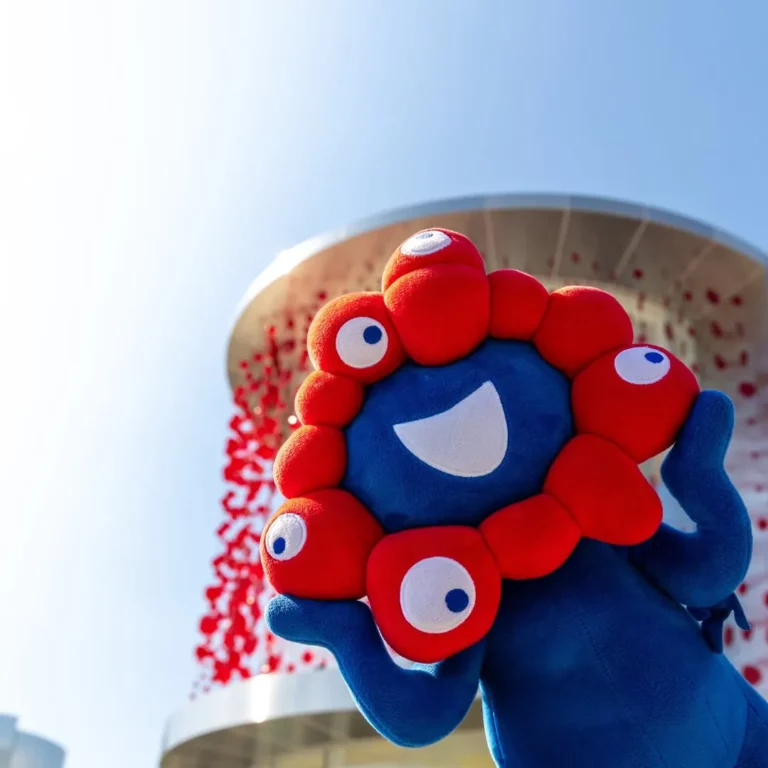In business conversations, the terms branding and visual identity are often used interchangeably. Yet they describe two very different, though deeply connected, aspects of how your business is perceived. Understanding the difference is essential if you want your brand to resonate, remain consistent, and deliver impact over time.
What is Branding?
Branding is the total perception of your business. It is not just your name or logo; it’s the sum of what people feel, believe, and expect when they interact with you. According to the American Marketing Association, a brand is any “name, term, design, symbol, or feature that identifies one seller’s goods or services as distinct from others” (see AMA definition: https://www.ama.org/the-definition-of-marketing-what-is-marketing/). But in practice, branding extends further: it includes your values, your story, your tone of voice, and the promises you consistently keep.
Branding answers these questions:
– Who are you?
– What do you stand for?
– Why should anyone care?
What is Visual Identity?
Visual identity is the tangible, design-based expression of your brand. It is the visual system that makes your brand recognizable and distinctive.
Key elements of visual identity include: logo, typography, color palette, imagery and photography style, layout rules, iconography and graphic elements. While branding defines what you stand for, visual identity ensures that those values are seen, felt, and remembered.
Branding vs Visual Identity: A Comparison
| Aspect | Branding | Visual Identity |
| Definition | The perception, story, and meaning behind your business. | The design system that visually expresses the brand. |
| Focus | Strategy, positioning, values, promise, personality. | Logo, typography, colors, imagery, layouts. |
| Time Horizon | Long-term reputation and trust. | Day-to-day recognizability and consistency. |
| Impact | Builds emotional connection and loyalty. | Ensures memorability and differentiation at a glance. |
| If Missing | Your brand feels hollow and directionless. | Your brand feels inconsistent and unprofessional. |
Why the Distinction Matters
Confusing branding with visual identity is a common trap. A logo alone does not make a brand, and strong values without design expression can fade into noise.
Together, they work like this:
– Branding creates the story and positioning.
– Visual identity creates the visual language that tells this story.
Neglect one, and the other suffers.
How They Work in Practice
1. Start with Branding: Define your purpose, promise, values, personality, and narrative.
2. Build a Visual Identity to Express It: Translate those values into a recognizable system.
3. Ensure Consistency Across Channels: Codify in guidelines so your brand looks consistent.
4. Evolve Thoughtfully: Branding may adapt in its story, while visual identity may undergo refreshes to stay modern.
Measuring Success
– Branding success: awareness, loyalty, advocacy, pricing power.
– Visual identity success: recognition, recall, consistency across platforms.
Strong brands monitor both: Does the market understand our story, and do people instantly recognize it?
A Balanced Approach
Think of branding as the soul of your business, and visual identity as its face. One without the other is incomplete. Branding shapes meaning. Visual identity ensures that meaning is instantly identifiable, everywhere your business shows up.
As Marty Neumeier, author of The Brand Gap, put it: “A brand is not what you say it is. It’s what they say it is.” Visual identity ensures that what people say is triggered by strong recognition and coherent design.



